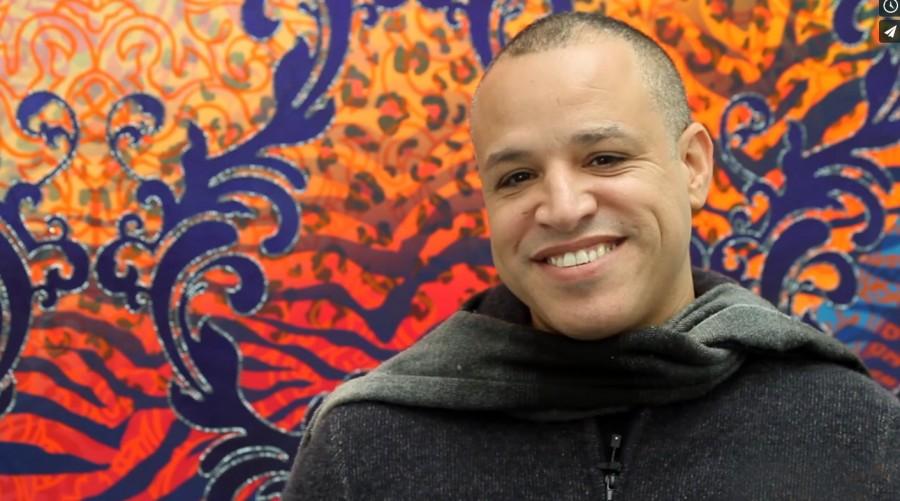LT mural value rises
Rising artist fame grows initial $10,000 investment into LT Corral
February 26, 2015
When art teacher Maribeth Coffey-Sears suggested that artist Carlos Rolón be commissioned to paint a mural in the Corral in 1997, she had no idea how famous he would become.
Rolón, who works under the name Dzine, has been featured in USA Today, the Chicago-Sun Times, the New York Times and more. At Six Flags in Gurnee, Dzine’s artwork is on the walls for the line to the Batman ride.
“Being an artist is a privilege,” Rolón said. “How you use that gift is what truly makes the work and your story special. You have to be willing to take risks and accept failures as wonderful lessons to make your studio practice that much stronger.”
His most recent exhibition in Illinois was called “Tradiciones,” and was on display at the Rockford Art Museum from Oct. 10, 2014 to Feb. 1, 2015. He also recently published a book titled “BOXED” about the intersection of art and boxing.
“It’s important to recognize and appreciate not only art, but the beauty of the most mundane things people walk past everyday,” Rolón said.
Rolón’s exhibition featured a white sculpture made by piling together sculptural bicycle parts. According to Coffey-Sears, the low-rider bikes are a common theme in his work, originating from his childhood in Puerto Rico.
“He’s a very established artist in the world now,” Coffey-Sears said. “He travels all over the world all the time.”
Rolón’s studio is currently preparing for solo exhibitions in Singapore and Puerto Rico, as well as several group exhibitions. In the future, Rolón is interested in producing a community-driven project in Chicago with local youth.
When Coffey-Sears met Rolón through the ARC Gallery and Educational Foundation sometime around 1989-1990, Rolón was still a graffiti artist.
“He used to come to the ARC shows and he and I just became friends,” Coffey-Sears said.
When LT’s student council applied for and received a $10,000 grant to commission an artist, Coffey-Sears immediately thought of Rolón. After that, they worked on the mural for four to five months, including weekends. Groups of students sketched panels and contributed ideas to the mural.
“The mural is really quite valuable,” Coffey-Sears said. “There’s the cultural, historical aspect of it, to make sure it’s preserved and people know that it’s there.”
LT art teacher Patrick Page has been working on preserving LT’s history by documenting old photographs and compiling important cultural records of the school.
“LT had a mural from the 1930s until it got arbitrarily painted over,” Page said. “It’s when we don’t realize how great things are that they disappear.”

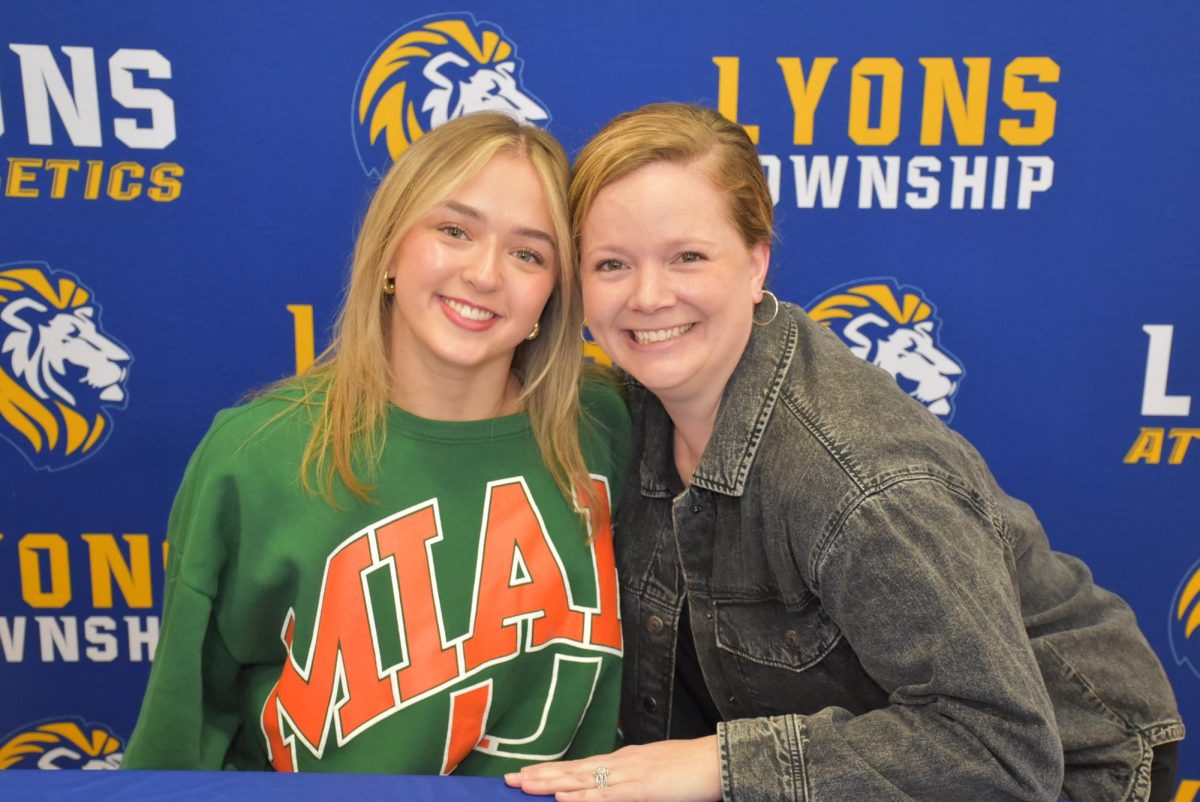
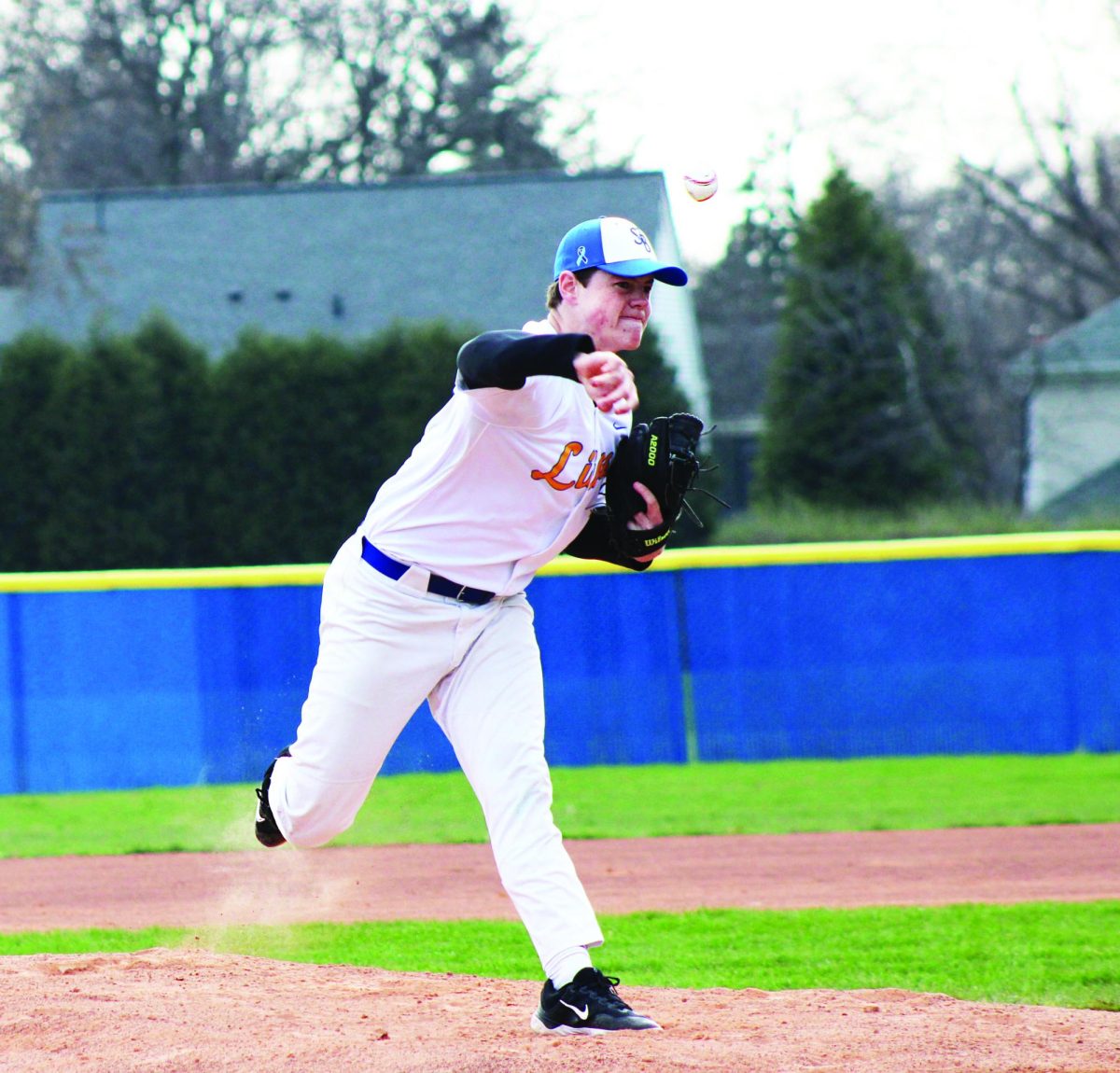
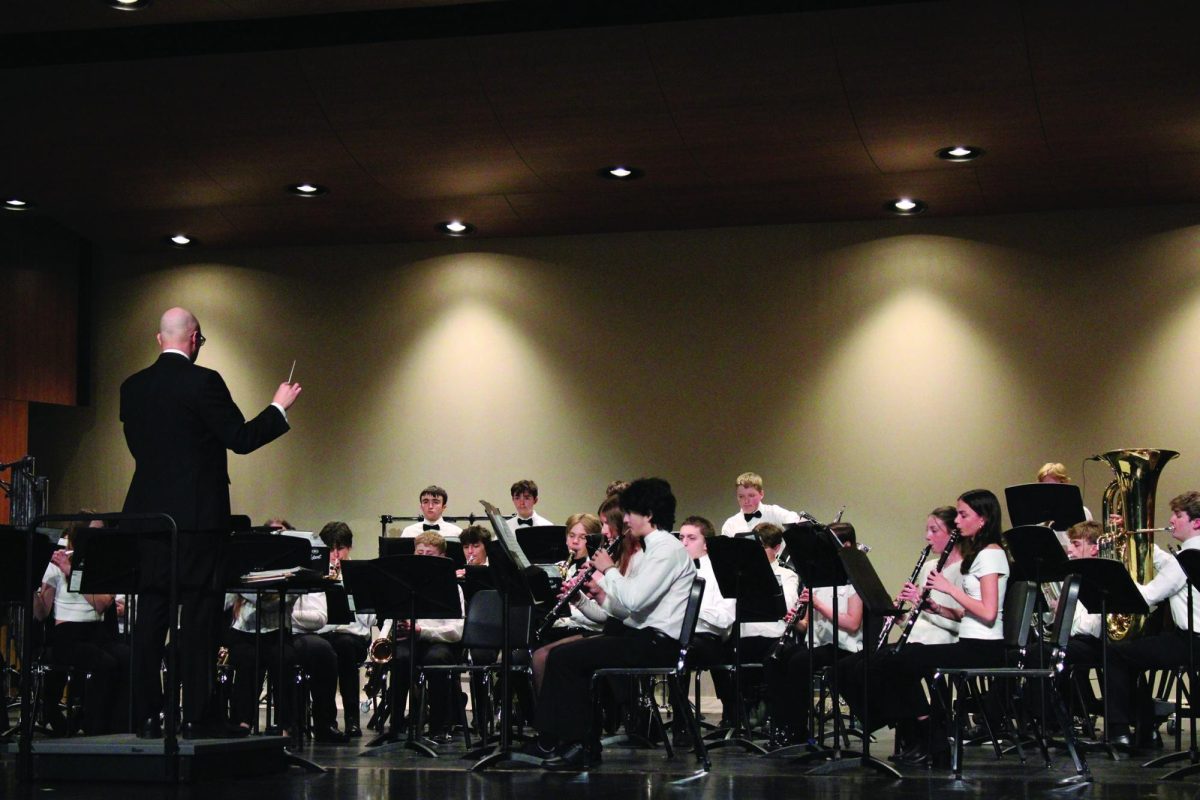
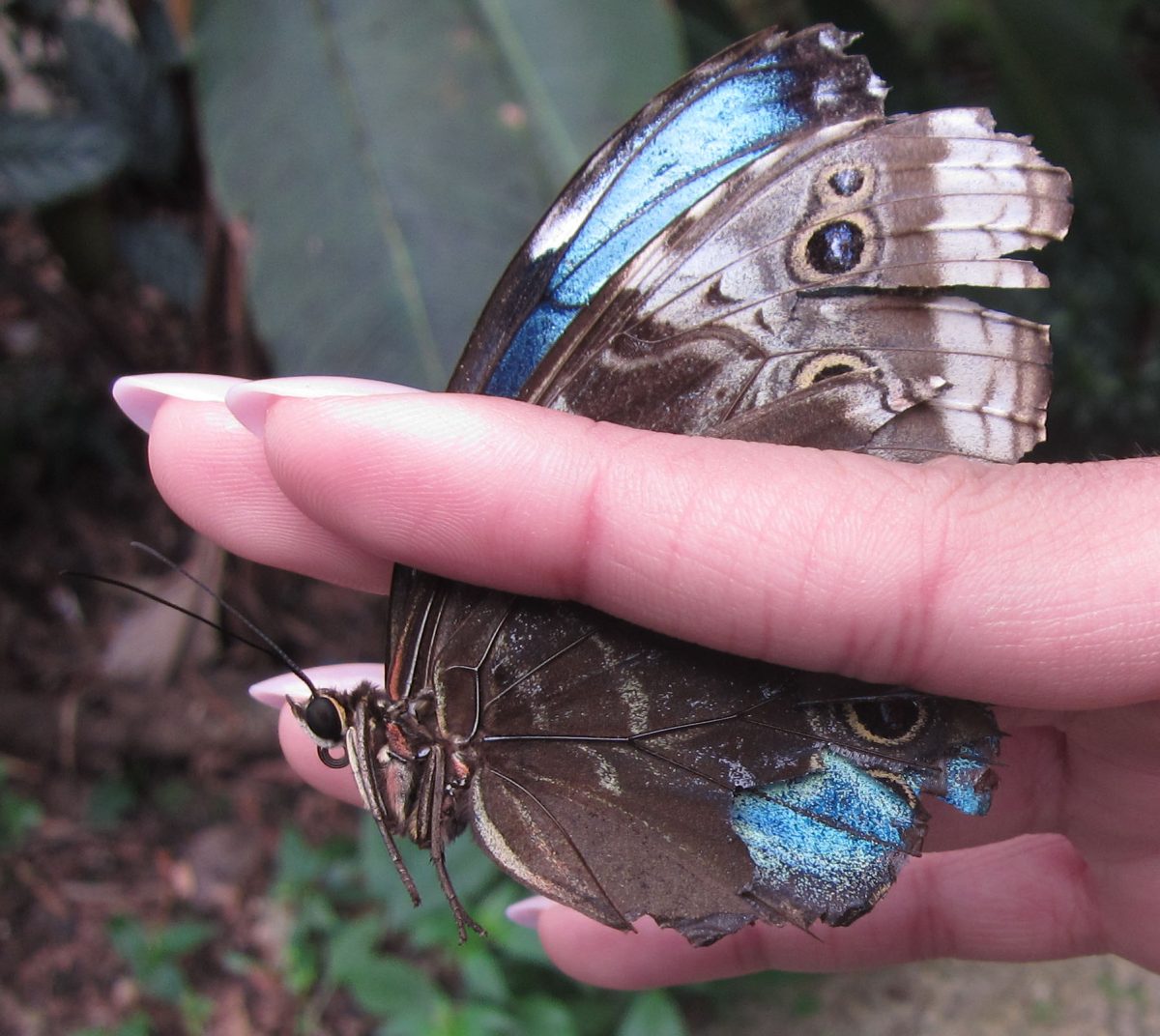
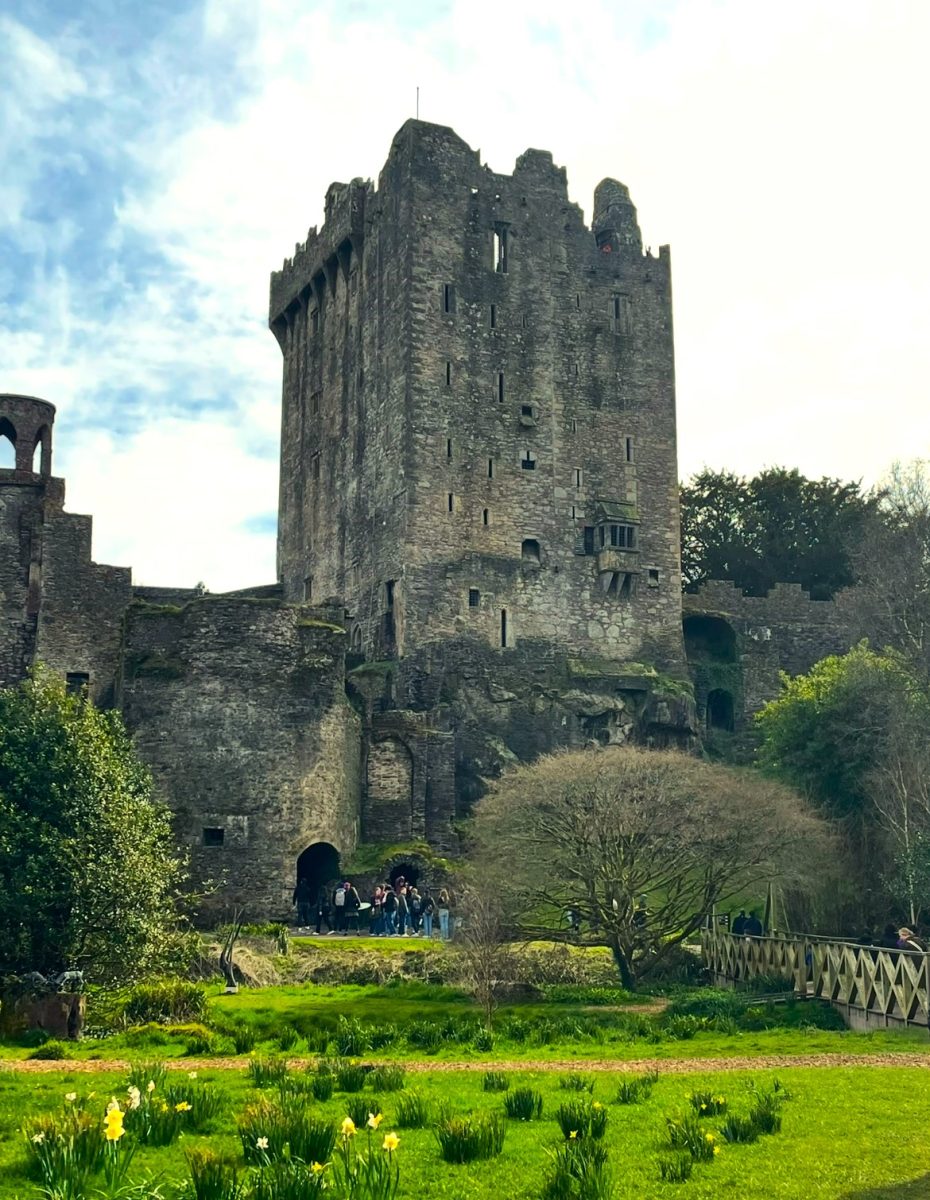















![Movie poster for '[Rec]" (2007).](https://www.lionnewspaper.com/wp-content/uploads/2023/04/rec-640x900.jpg)


